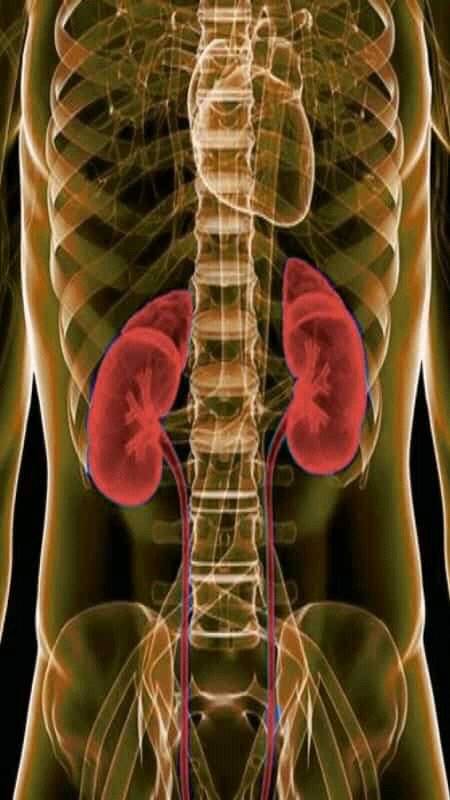The human digestive system is an intricate and complex network of organs, enzymes, and processes that work together to process the food we eat. It is responsible for breaking down food into its essential components, absorbing nutrients, and eliminating waste. This remarkable system ensures that our bodies receive the energy and raw materials necessary for survival and growth.
**The Stages of Digestion**
Digestion is a multi-stage process that begins the moment food enters our mouth and continues until waste is eliminated from our bodies. The following stages represent the journey food takes through the human digestive system:
**1. Ingestion**
Digestion begins with the act of eating. When we take a bite of food, we introduce it into our oral cavity, or mouth. Our teeth play a crucial role at this stage, as they break down the food into smaller, more manageable pieces. Meanwhile, the salivary glands produce saliva, which contains enzymes that kickstart digestion. These enzymes begin breaking down carbohydrates into simpler sugars.
**2. Propulsion**
Once the food is chewed and mixed with saliva, it forms a soft mass called a bolus. The act of swallowing propels this bolus toward the back of the mouth and into the throat. The bolus then enters the esophagus, a muscular tube connecting the mouth to the stomach. Peristalsis, a series of coordinated muscle contractions, pushes the bolus through the esophagus and into the stomach.
**3. Stomach Digestion**
The food enters the stomach, a muscular organ with a unique environment. The stomach's lining secretes gastric juices, which include hydrochloric acid and digestive enzymes, such as pepsin. These substances create an acidic, churning environment, which serves two primary purposes:
- The acidic environment helps kill harmful bacteria that may be present in the food.
- The digestive enzymes, particularly pepsin, begin breaking down proteins into smaller peptides.
The result is a semi-liquid mixture called chyme. Chyme is gradually released from the stomach into the small intestine as the digestive process continues.
**4. Small Intestine Digestion and Absorption**
The small intestine is where the majority of digestion and nutrient absorption occur. It is a long, coiled tube, and despite its name, the small intestine is the longest part of the digestive tract. It's divided into three sections: the duodenum, jejunum, and ileum.
- The pancreas releases pancreatic juices into the duodenum. These juices contain enzymes that further break down carbohydrates, proteins, and fats.
- The liver produces bile, which is stored in the gallbladder and released into the duodenum. Bile helps emulsify fats, breaking them into smaller droplets that can be more easily digested by enzymes.
- The wall of the small intestine is lined with millions of tiny finger-like projections called villi and microvilli. These structures greatly increase the surface area for nutrient absorption. Nutrients are absorbed through the walls of the small intestine and transported to various parts of the body via the bloodstream.
The primary nutrients absorbed in the small intestine include glucose, amino acids, fatty acids, vitamins, and minerals. These nutrients are vital for energy production, cell growth, and overall bodily functions.
**5. Large Intestine (Colon) and Absorption**
The undigested and unabsorbed remnants of food pass into the large intestine, often referred to as the colon. While the colon doesn't play a significant role in nutrient digestion, it does have important functions in the digestive process:
- It absorbs water and electrolytes from the remaining chyme, converting it into a more solid form.
- It houses a diverse population of gut bacteria that assist in breaking down some substances, producing vitamins, and fermenting undigested carbohydrates.
- The colon also plays a role in forming and storing feces before their elimination.
**6. Elimination**
Finally, the digested and absorbed nutrients are transported throughout the body to nourish cells and tissues. The indigestible and unabsorbed substances, along with waste products from metabolic processes, are formed into feces in the colon. Feces are then eliminated from the body through the rectum and anus in a process called defecation.
**The Role of Enzymes in Digestion**
Enzymes are essential catalysts in the digestive process. They help break down complex food molecules into simpler compounds that can be absorbed and used by the body. Here are some of the key digestive enzymes and their functions:
- **Amylase**: Found in saliva and pancreatic juices, amylase breaks down carbohydrates (starches) into sugars like glucose.
- **Pepsin**: Secreted in the stomach, pepsin starts breaking down proteins into smaller peptides.
- **Lipase**: Released by the pancreas, lipase helps digest fats by breaking them down into fatty acids and glycerol.
- **Trypsin and chymotrypsin**: These pancreatic enzymes further break down proteins into smaller peptides.
- **Lactase, sucrase, and maltase**: These enzymes in the small intestine help digest specific sugars (lactose, sucrose, and maltose) into simpler sugars (glucose, fructose, and galactose).
- **Nucleases**: These enzymes help digest nucleic acids (DNA and RNA) into their constituent nucleotides.
**Digestive Disorders and Health**
The human digestive system is remarkably efficient when functioning properly. However, various factors can lead to digestive disorders that impact its effectiveness. Common digestive issues include:
- **Gastroesophageal reflux disease (GERD)**: A condition where stomach acid flows back into the esophagus, causing heartburn and potential damage to the esophagus.
- **Irritable bowel syndrome (IBS)**: A chronic gastrointestinal disorder characterized by symptoms like abdominal pain, bloating, and changes in bowel habits.
- **Celiac disease**: An autoimmune disorder where the ingestion of gluten damages the small intestine, leading to poor nutrient absorption.
- **Inflammatory bowel disease (IBD)**: Chronic inflammatory conditions of the digestive tract, including Crohn's disease and ulcerative colitis.
- **Gallstones**: Solid particles that form in the gallbladder and can block bile flow.
- **Food intolerances**: Difficulty digesting certain substances, such as lactose intolerance.
Maintaining digestive health involves a balanced diet, adequate hydration, regular physical activity, and stress management. If digestive issues persist or are severe, it's essential to seek medical advice and treatment.
**Conclusion**
The human digestive system is a remarkable assembly of organs, enzymes, and processes that work seamlessly to transform the food we eat into the energy and nutrients our bodies require for survival. This intricate system highlights the importance of a balanced and nutritious diet, as well as the need for proper care and attention to maintain digestive health. Understanding the journey that food takes through the digestive system helps us appreciate the remarkable efficiency of the human body.


